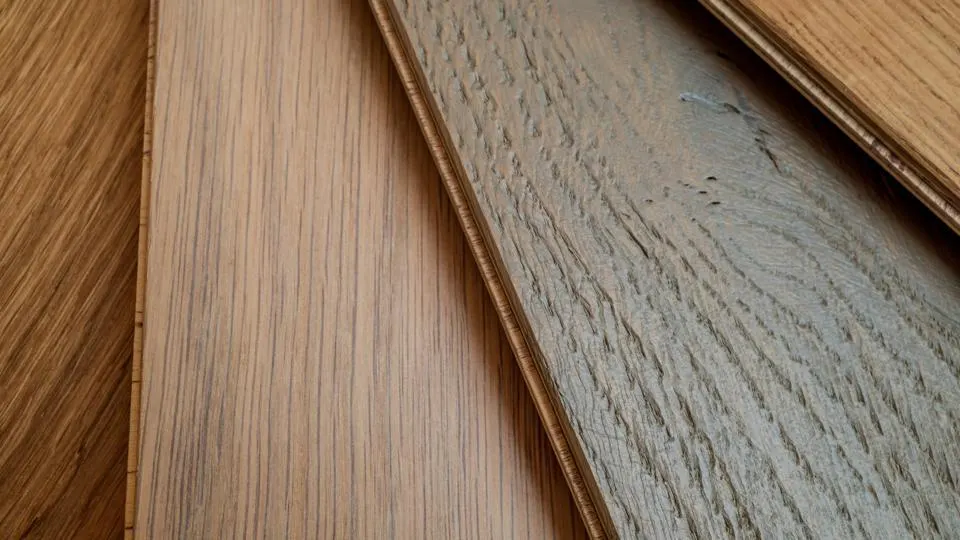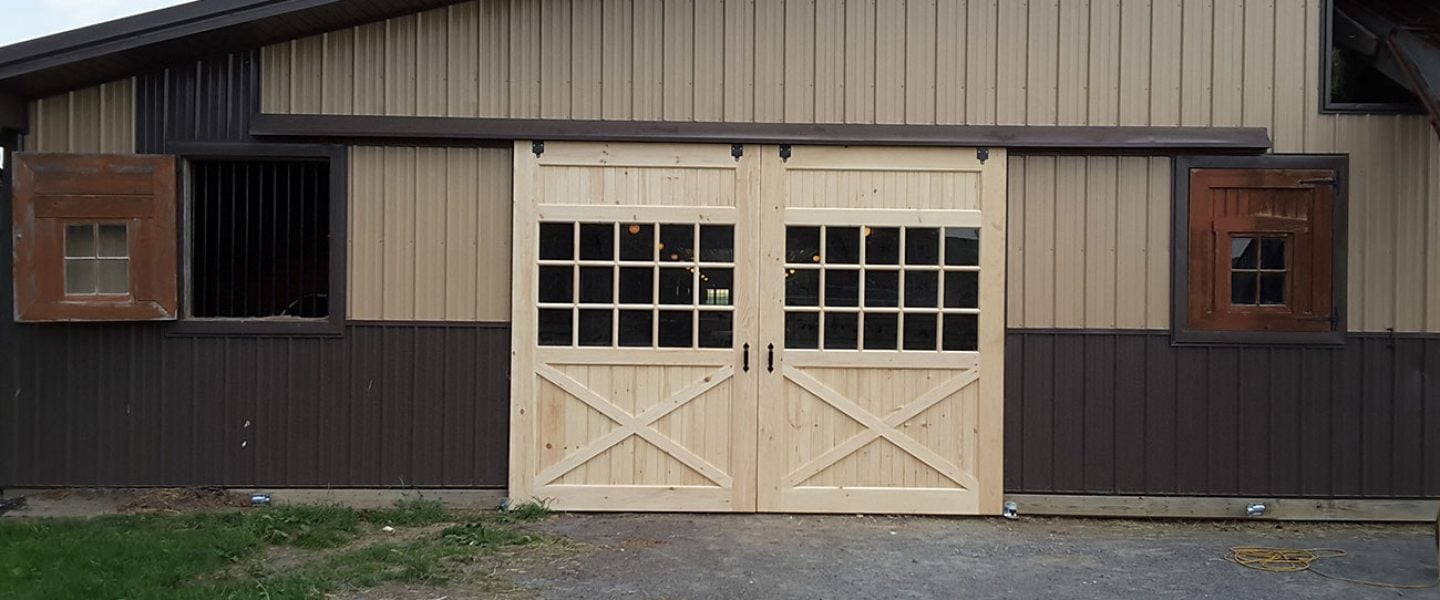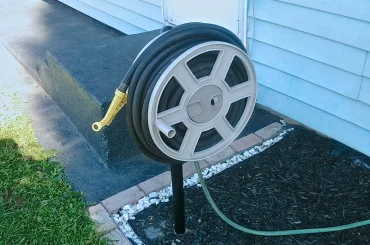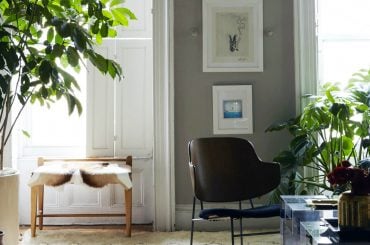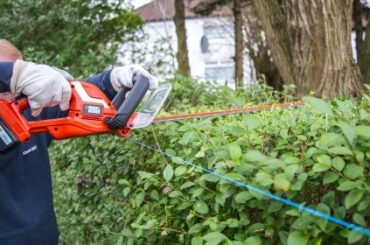Table of Contents
Want to make your home feel cozy with wood floors? Hardwood makes rooms look naturally pretty. But, picking one can be tricky because there are so many types. This guide will help you understand the most loved hardwoods, their prices, and where they fit best.
The Best Hardwood Species
With so many wood species to pick from, it can get overwhelming. Here’s a quick rundown of the most popular hardwood flooring types:
- Oak: It’s a classic and comes in red and white. It’s strong, doesn’t cost too much, and gets better with age.
- Maple: This tough wood from Canada is light-coloured and good for bright rooms.
- Hickory: Super strong with cool patterns in the wood. It makes a room feel cozy and a bit old-fashioned.
- Walnut: Known for its deep brown colour and smooth pattern. It makes a room look fancy.
- Cherry: Turns a lovely reddish-brown over time. It’s pretty hard and fits in most houses.
- Ash: It’s light but strong, with a pattern that feels open and fresh. It’s great for both modern and country-style homes.
- Mahogany: This fancy wood comes from Central and South America. It’s a deep red-brown with interesting patterns.
Engineered Hardwood Flooring
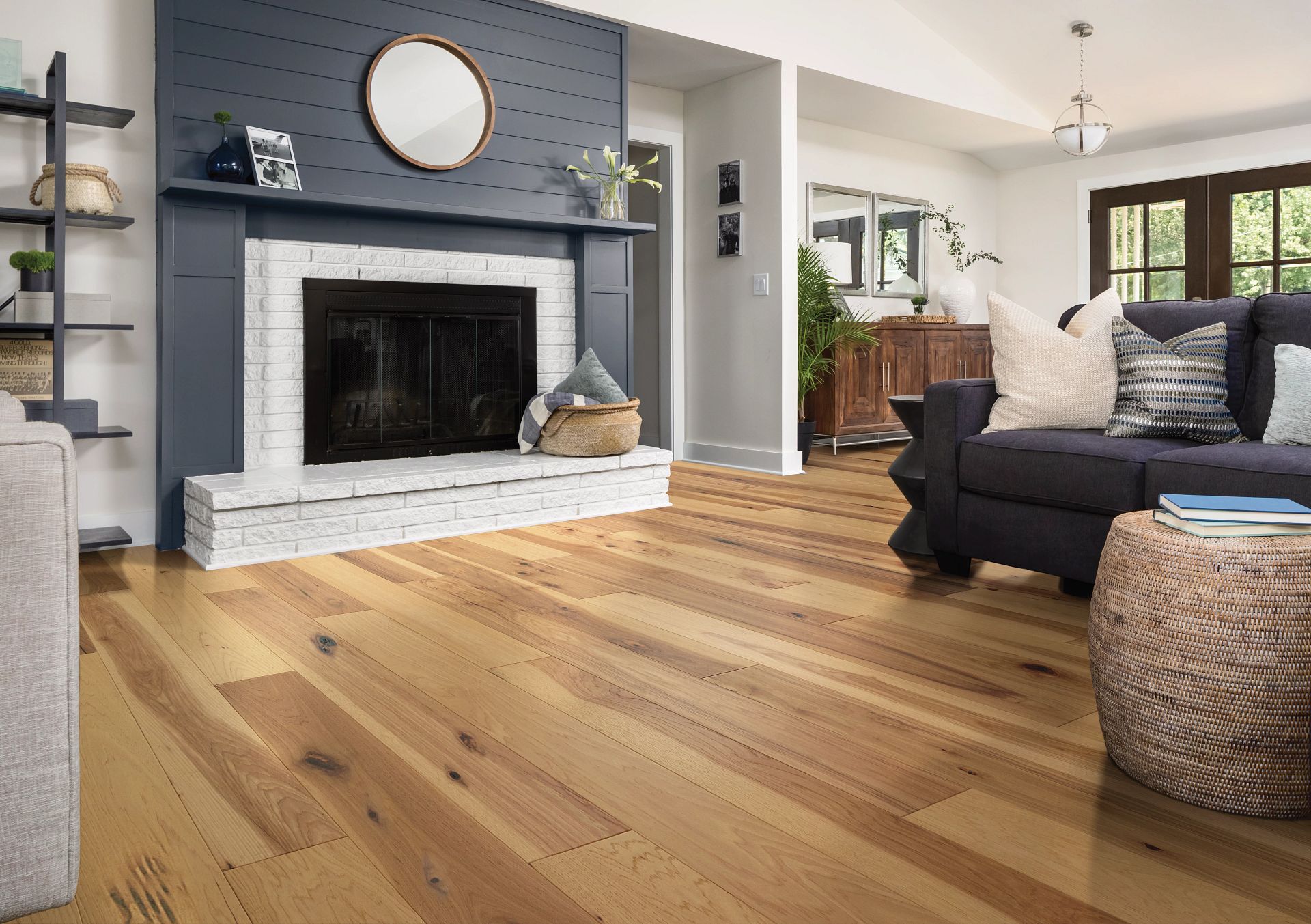
Engineered hardwood flooring is like a culinary fusion that brings together the best ingredients. Picture this: at the top, you have a delectable layer of genuine hardwood, exuding all the natural beauty and elegance you crave.
Beneath this, lies a robust core of plywood, lending strength and resilience to the structure. This combination not only captures the authentic appeal of solid wood but also introduces an added layer of durability.
Benefits
Moisture Resistance: Thanks to its plywood core, engineered hardwood keeps it cool against spills and high humidity, significantly reducing the risk of unsightly swelling.
Compatibility with Radiant Heat: Unlike its solid counterpart, engineered wood maintains its composure over radiant heating systems, making it a cozy option for chilly mornings.
Concrete-Friendly: Dreaming of hardwood floors over concrete surfaces? Engineered wood makes it possible by allowing a floating installation method that solid wood can’t accommodate.
Durability: While it may not outlast solid hardwood, engineered wood still stands as a stalwart option for residential use, promising years of service.
Affordability: Pocket-friendly and cost-effective, engineered hardwood floors offer a saving grace with a price tag that’s about 20-30% less than solid hardwood, without compromising on the aesthetic appeal.
Cost
Budget-wise, you’re looking at an investment of around $4 to $10 per square foot, including installation. These positions engineered hardwood as a more budget-friendly alternative to solid wood, all the while enhancing your home’s value.
Best Uses
Engineered hardwood isn’t just about looks; it’s about versatility. Here’s where it shines:
- Moisture-Prone Areas: Think kitchens, bathrooms, and laundry rooms, where its moisture resistance is a game-changer.
- Below-Grade Installations: Basements and areas with concrete slabs welcome engineered wood with open arms, thanks to its resilience against subfloor moisture.
- Versatile Placement: From the attic to the basement, engineered hardwood is an all-rounder that doesn’t fuss over subflooring specifics.
Solid Hardwood Flooring
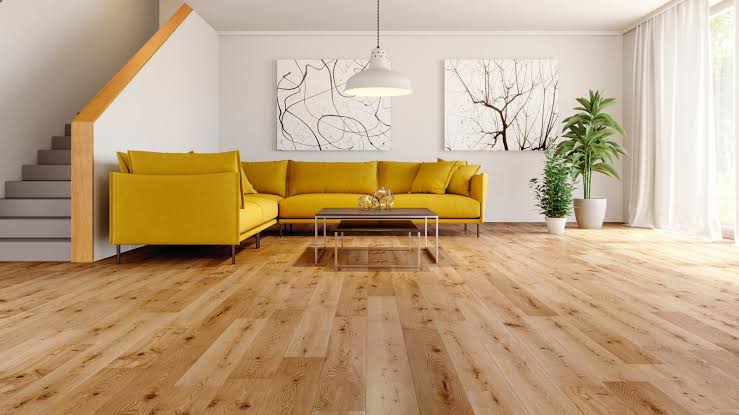
Solid hardwood flooring brings the unparalleled charm and timeless beauty of real wood into your home. Crafted from a single piece of lumber, each plank is a testament to nature’s artistry, complete with the unique grains and hues that only true wood can offer. Additionally, solid hardwood offers inherent fire resistance compared to many synthetic flooring materials, contributing an extra layer of safety to your home.
Benefits
Authenticity at Its Core: Unlike engineered alternatives, solid hardwood planks are made entirely from pure wood, ensuring that your flooring is as genuine as nature intended. This authenticity not only enhances the aesthetic appeal of your space but also provides that unmistakable warmth and texture only real wood can impart.
Renewable Beauty: One of the most compelling aspects of solid hardwood is its capacity for transformation. Even after years of wear, these floors can be sanded down and refinished, emerging as fresh and vibrant as the day they were installed. This remarkable feature allows for numerous renovations, ensuring your floors can adapt and evolve with your changing tastes and styles.
A Value-Adding Asset: Investing in solid hardwood flooring is not just about immediate aesthetics; it’s a strategic move that can significantly elevate your home’s market value. Properties adorned with hardwood floors often command higher selling prices, sometimes up to 20% more, making them a savvy investment for the future.
Durability That Endures: When maintained with care, solid hardwood floors boast an impressive lifespan, regularly surpassing the century mark. This enduring quality makes them not just a purchase but a legacy, contributing to the story of your home for generations.
Natural Beauty on Display: Each hardwood plank is a canvas showcasing the intricate patterns and vibrant shades of its source tree. This natural artistry brings a dynamic and organic character to your interiors, making every room feel alive and inviting.
Cost
Solid hardwood flooring is an investment, with costs ranging from $3 to $12 per square foot when installation is factored in. While the initial outlay may be higher than some alternatives, the longevity and timeless elegance of solid wood can provide unmatched value over the lifespan of your home.
Best Uses
Solid hardwood is incredibly versatile, making it suitable for a variety of rooms and settings:
- Main Living Areas: The elegance and warmth of hardwood make it perfect for living rooms, dining areas, and bedrooms, where its beauty can be fully appreciated.
- Work and Study Spaces: The sophistication of solid wood lends a distinguished air to home offices and studies, creating an environment that inspires productivity and creativity.
- Upper Floors: Solid hardwood is particularly well-suited to upper-level rooms, where it can add warmth and character without the concerns of moisture that might affect ground-level or below-grade installations.
However, it’s wise to avoid installing solid hardwood in areas prone to moisture, such as kitchens, bathrooms, and basements. In these spaces, the natural wood can be susceptible to warping and damage over time.
Solid vs. Engineered Hardwood: The Main Event
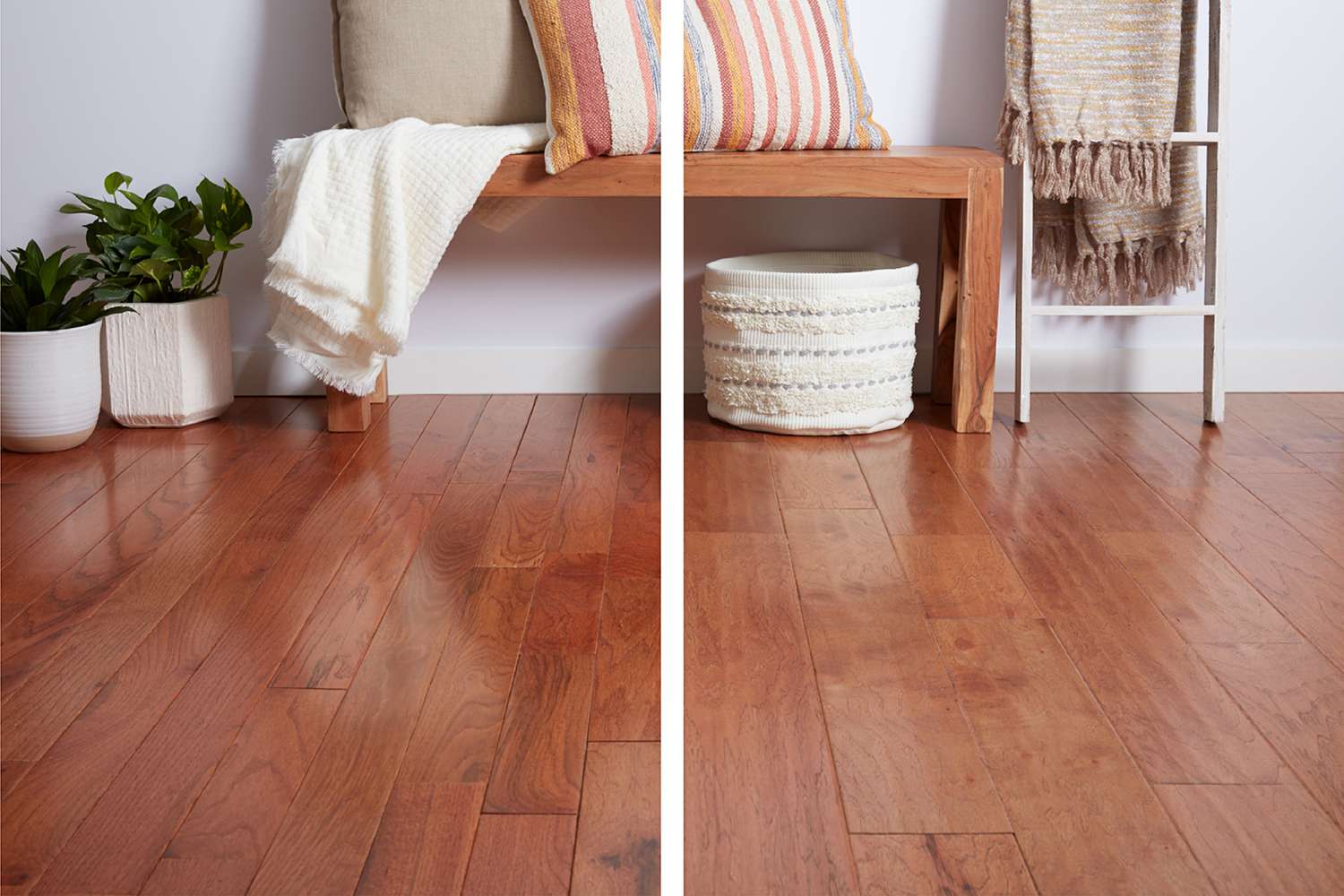
If you’re on the fence, here’s the lowdown. Solid hardwood is the old-school hero, carved from a single piece of wood, offering over a century of longevity with proper care. However, it’s pricier (ranging from $3 to $12 per square foot installed) and throws a fit when faced with damp conditions.
Engineered hardwood, on the other hand, is the modern-day contender, blending real wood beauty with a plywood backbone. It’s a tad cheaper, moisture-savvy, and doesn’t shy away from kitchens, baths, or basements.
Installation Showdown
Solid wood insists on being nailed down, demanding a certain level of commitment. Engineered wood, the flexible friend, offers multiple installation methods, including gluing or floating, giving you room to manoeuvre.
Finishing Touches
Solid hardwood arrives raw and requires on-site finishing, a process that adds time and sawdust to the equation. Engineered wood, however, often comes pre-finished, ready to strut its stuff immediately after installation, though on-site finishing is also an option for those seeking customization.
Final Thoughts
In summary, hardwood floors are more than just a flooring choice; they’re a statement of style and a commitment to quality. Whether you lean towards the timeless elegance of solid hardwood or the adaptable durability of engineered wood, the key lies in aligning your choice with your lifestyle, budget, and the specific demands of your space.
With this knowledge in hand, you’re well-equipped to select the hardwood flooring that not only looks the part but plays it beautifully in your home.

